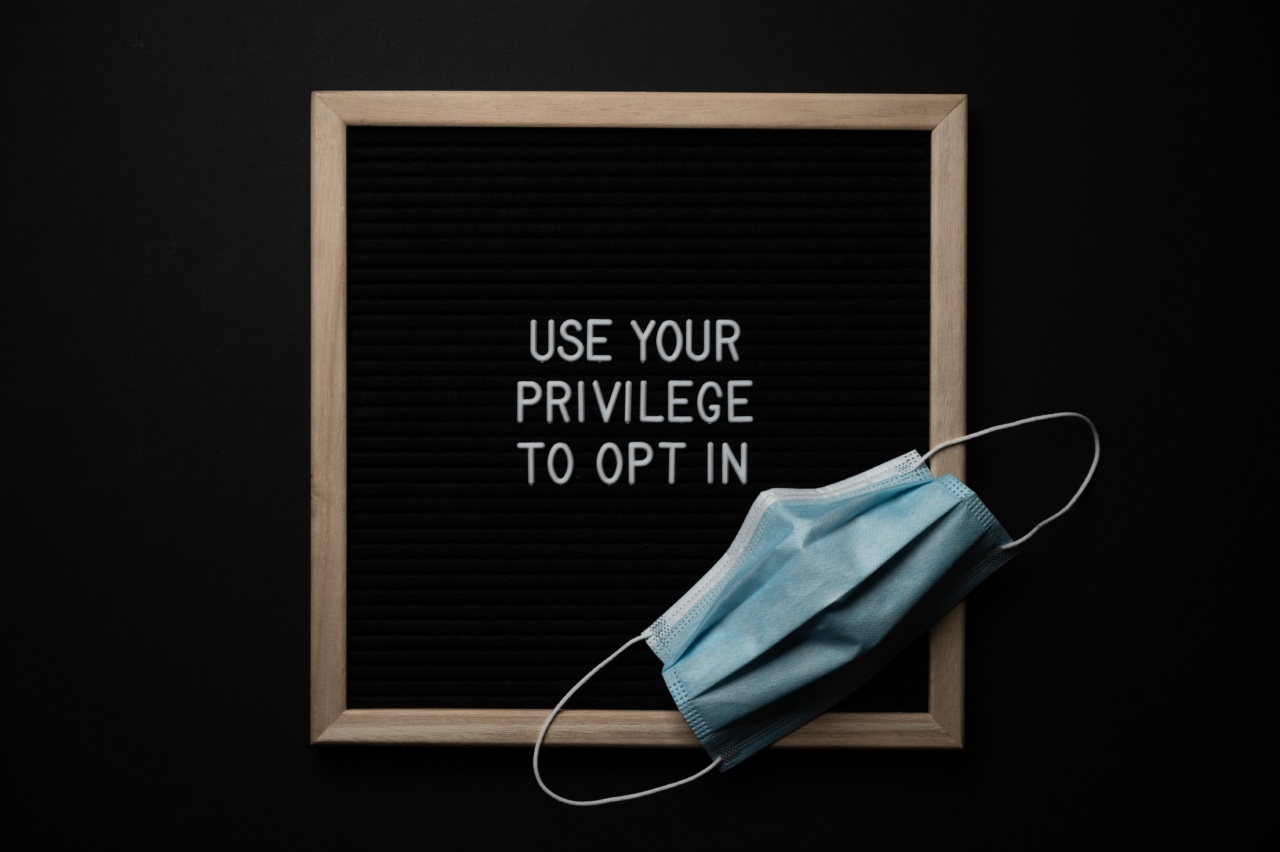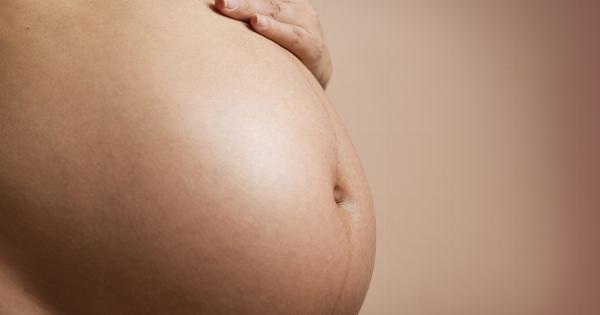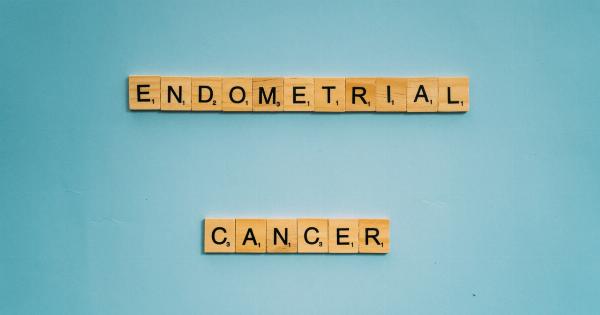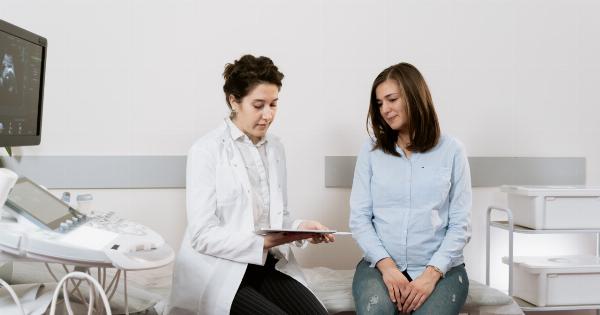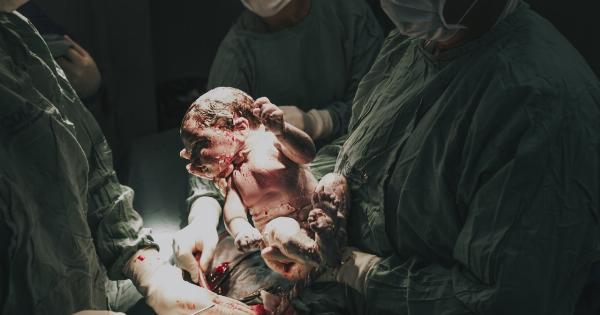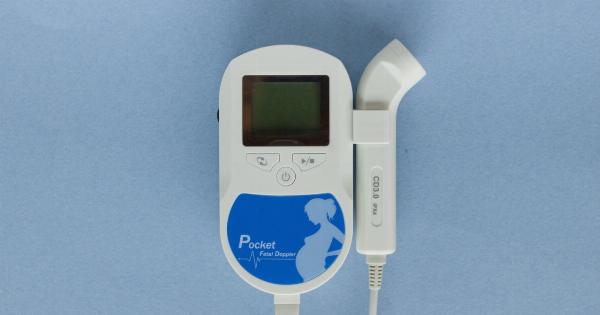For many expectant mothers, the thought of needing a caesarean section can be daunting. However, in some cases, a caesarean birth is necessary for the safety of both mother and baby.
Medical reasons for a caesarean delivery vary and may include breech positions, multiple births, fetal distress, or an infection that could be passed to the baby during vaginal delivery. Your doctor may recommend a planned caesarean section or schedule it as an emergency procedure if the health of you or your baby is at risk.
What is a Caesarean Section?
A caesarean section, or c-section, is a surgical procedure that is used to deliver a baby through an incision made in the uterus and abdomen.
Often referred to as a “C-section,” this procedure is typically performed when a baby cannot be born safely through the vaginal canal.
When is a Caesarean Section Necessary?
Most caesarean sections are performed to protect the health of the mother or baby. Some of the reasons your doctor may recommend a planned or emergency caesarean delivery can include the following:.
: Breech Birth
Babies are usually delivered headfirst, but occasionally, they may be in a breech position (bottom first). This can make childbirth more difficult and may result in complications for both mother and baby.
: Placenta Previa
A condition where the placenta covers the cervix partially or completely, obstructing the baby’s delivery.
Placenta previa can cause significant bleeding during pregnancy or childbirth, leading to complications like premature labor and life-threatening bleeding in rare cases.
: Multiple Births
If you are carrying twins or triplets, your doctor may recommend a caesarean delivery if the babies are in unusual positions, the first baby is breech, or if there is a risk of premature labor.
: Fetal Distress
If your baby appears unwell during labor, your doctor may suggest a caesarean birth to reduce the risk of complications or injury to the baby.
: Previous Caesarean Section
If you have previously had a caesarean delivery, it is often safer to deliver subsequent pregnancies via caesarean section to reduce the risk of complications such as rupture of the uterus.
: Infections
In some cases, vaginal childbirth can present an increased risk of infection to the baby, such as a herpes outbreak. Your doctor may suggest a c-section to reduce the risk of passing the infection from the mother to the baby.
Planning for a Caesarean Section
If your doctor has recommended a planned caesarean section, you will likely have a scheduled date for the procedure.
Planning for a caesarean section can be beneficial, as it gives you time to make arrangements for childcare for other children, time off work, or help at home during your recovery.
Your doctor will provide you with information about what to expect before, during, and after the procedure and any medication you need to arrange, including anesthesia, as well as what items you may need to bring to the hospital.
They will also provide you with instructions on how to prepare your body for surgery, such as when to stop eating and drinking.
Recovery after a Caesarean Section
Recovering from a caesarean section can take time, and your doctor will provide you with advice for self-care and wound healing.
You may need to stay in the hospital for an extended period, and you will need to avoid heavy lifting and strenuous activity for a few weeks after your surgery.
Your doctor will also recommend pain relief medication and may suggest you eat a balanced diet to support your healing.
Breastfeeding is possible after a caesarean delivery, but you may need to find different positions to breastfeed comfortably while you heal.
The Bottom Line
While a caesarean birth may not be the birth experience you had anticipated, if it is recommended by your doctor, try to remain calm and focus on the outcome – your baby’s safe arrival.
Remember that a caesarean delivery is a routine and safe procedure with proper recovery care. Discuss any questions or concerns you may have with your doctor to feel confident and prepared.
